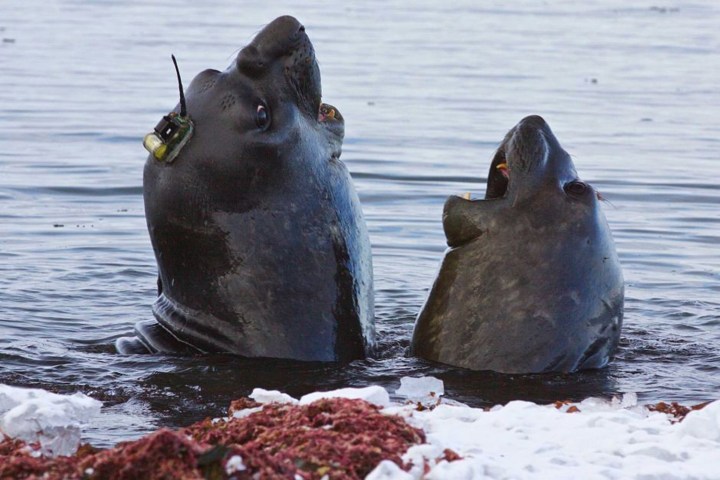
The project to study the temperature and salinity of Antarctica bottom water (AABW) is led by Dr. Guy Williams of the University of Tasmania, and is supported by an international team of researchers who hope to find clues into the immediate effects of climate change.
“[Bottom water is] a key part of the global circulation,” Dr. Williams told ABC. “If you think of a conveyer belt, [bottom water] is really the gear that drives the engine that is pumping that circulation.”
According to the researchers’ data, which they published in the journal Nature Communications, if ice shelves continue to melt at their current rate, the production of bottom water will be impacted and the pumping mechanisms Williams described will be restricted.
“If we can anticipate this melting will increase in the future under global warming, if Antarctic bottom water is already being suppressed, it is likely to be further impacted by this down the track,” Williams said.
Between 2011 and 2013, Williams and his team were able to grab data from 20 young male elephant seals, who stayed in the East Antarctica region of Prydyz Bay between March and October, a time when traveling by ship would be extremely difficult. The seals dove deep into the bottom water up to 60 times a day, gathering vital data for the researchers.
“We’ve never really been able to get such amazing spatial and temporal coverage before,” Dr Williams said. “That’s a period of time where we would never get down with a ship. The last time we were there in a winter time … was 1999.”
Thanks to the seals, Williams and his team made the first comprehensive analysis of Prydyz Bay’s shelf water. Unfortunately, the data wasn’t promising.
“Given the growing number of reports of accelerating and irreversible mass loss from Antarctica’s major ice sheets linked to increased oceanic heat input, it is likely that Antarctica’s AABW production is already compromised and will decrease further into the future,” the authors write in the study.


